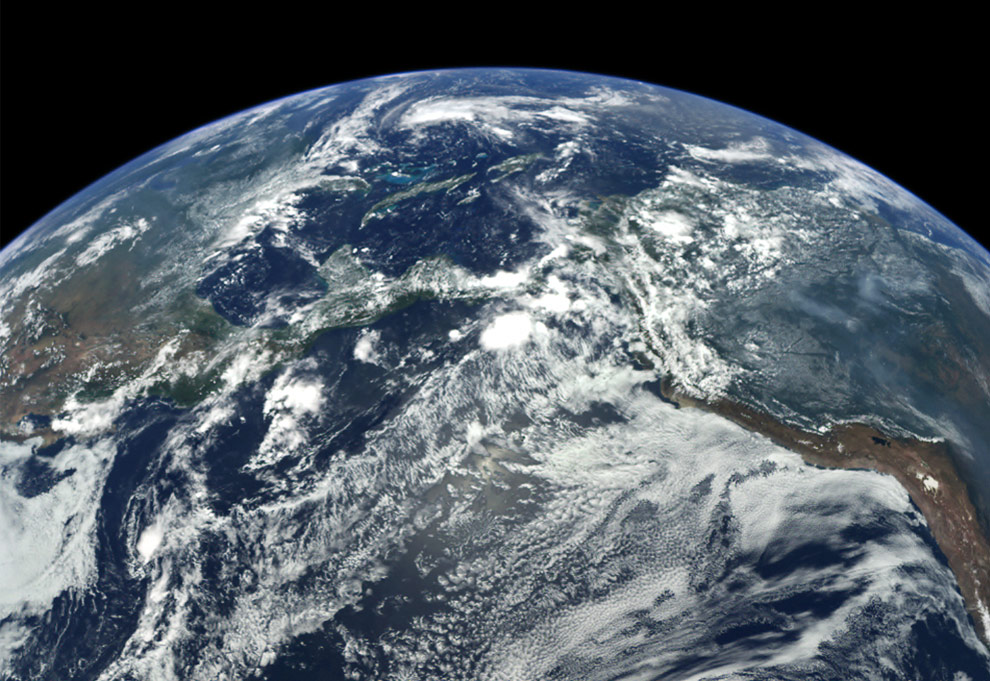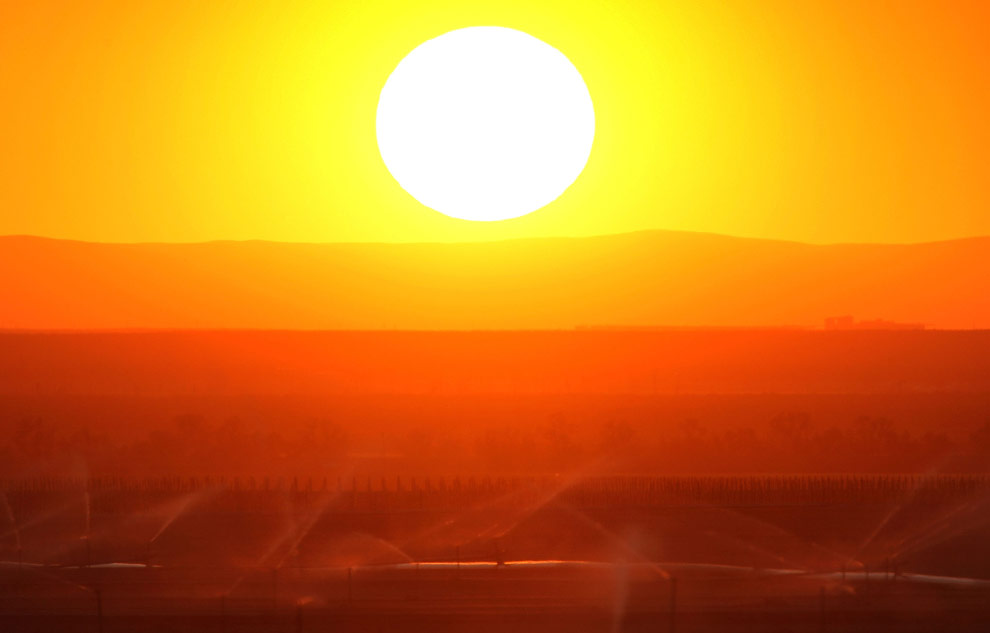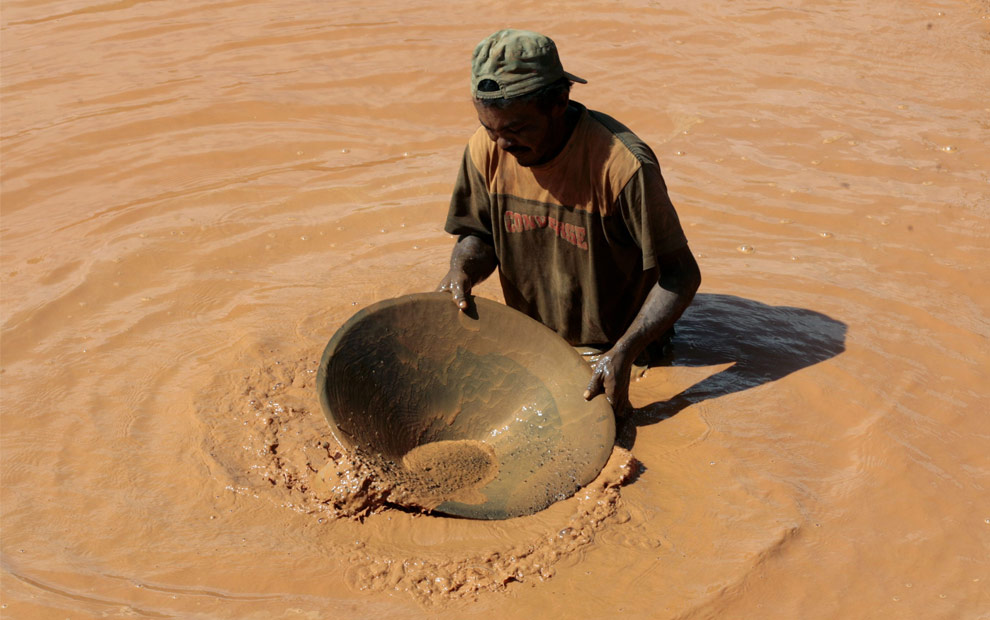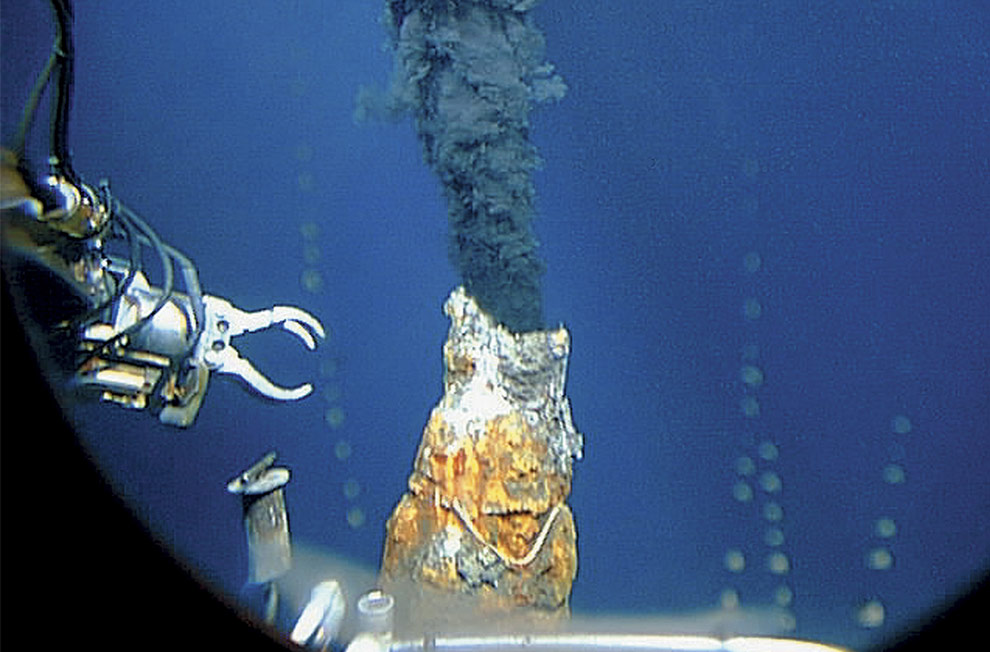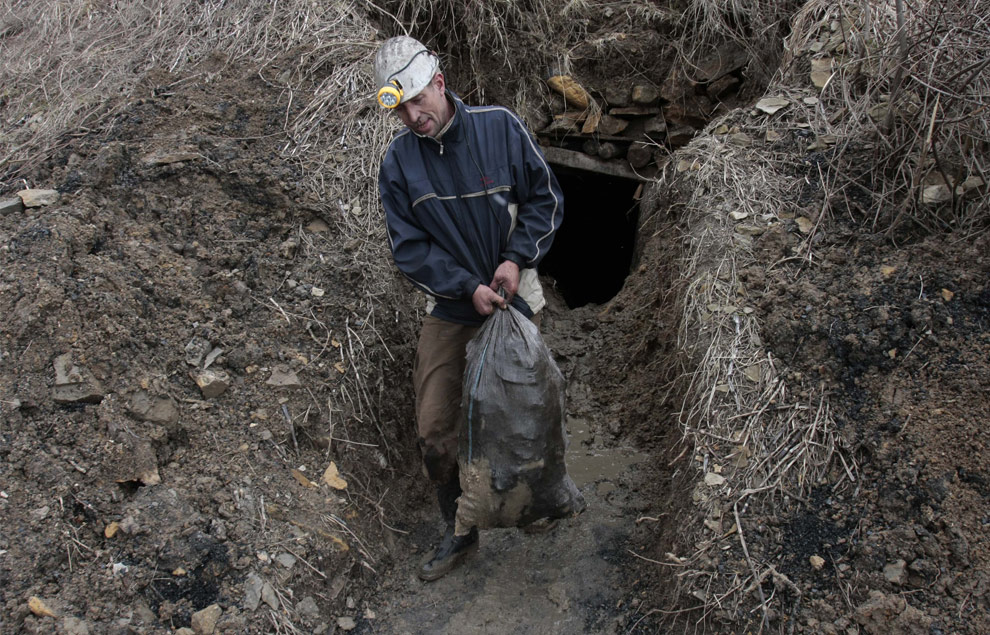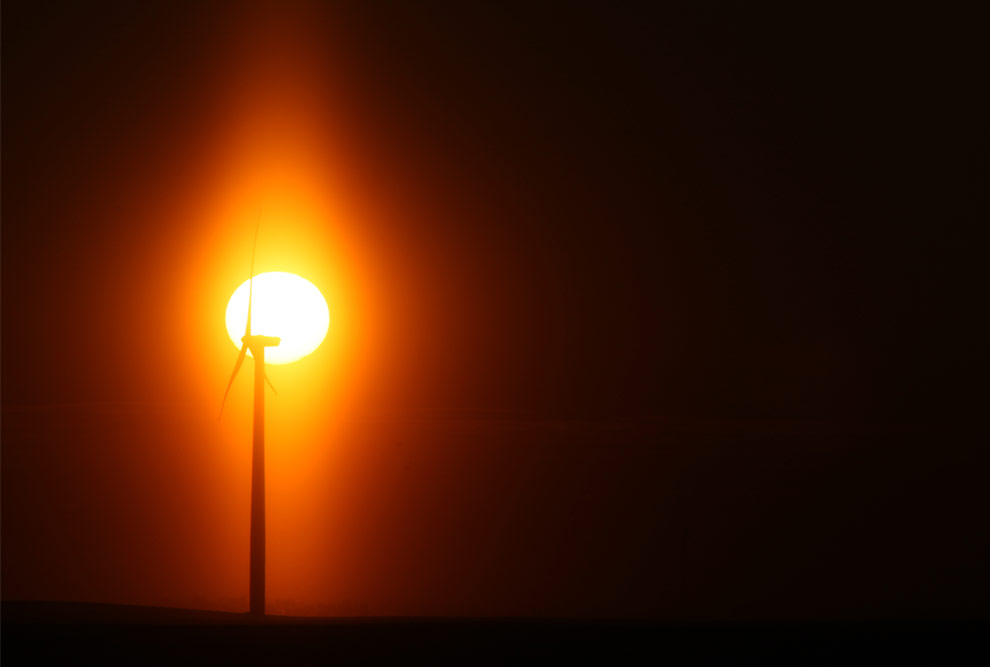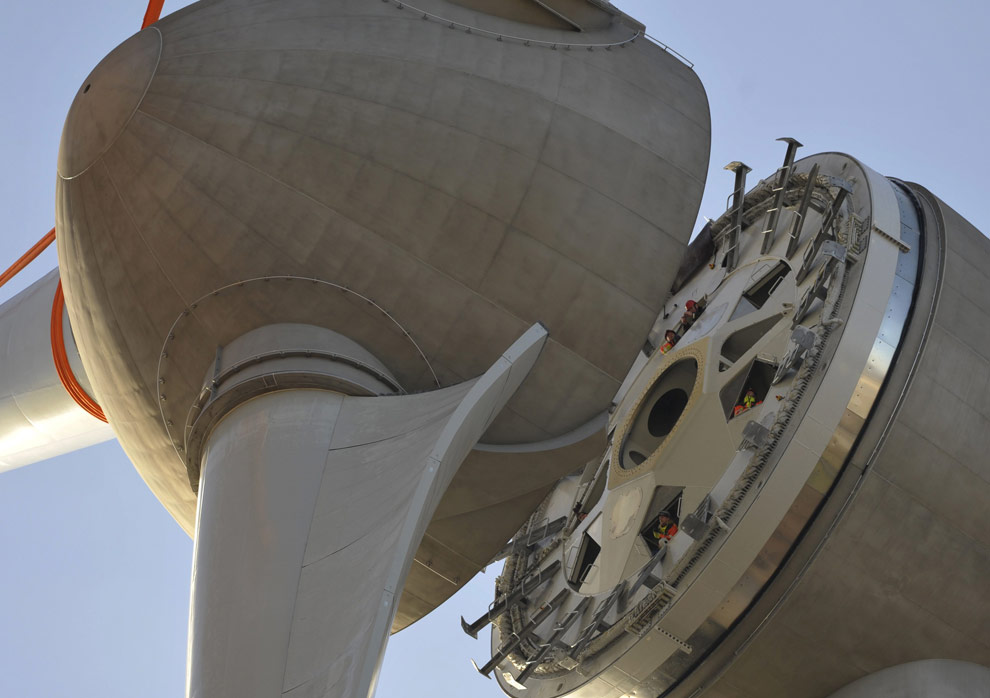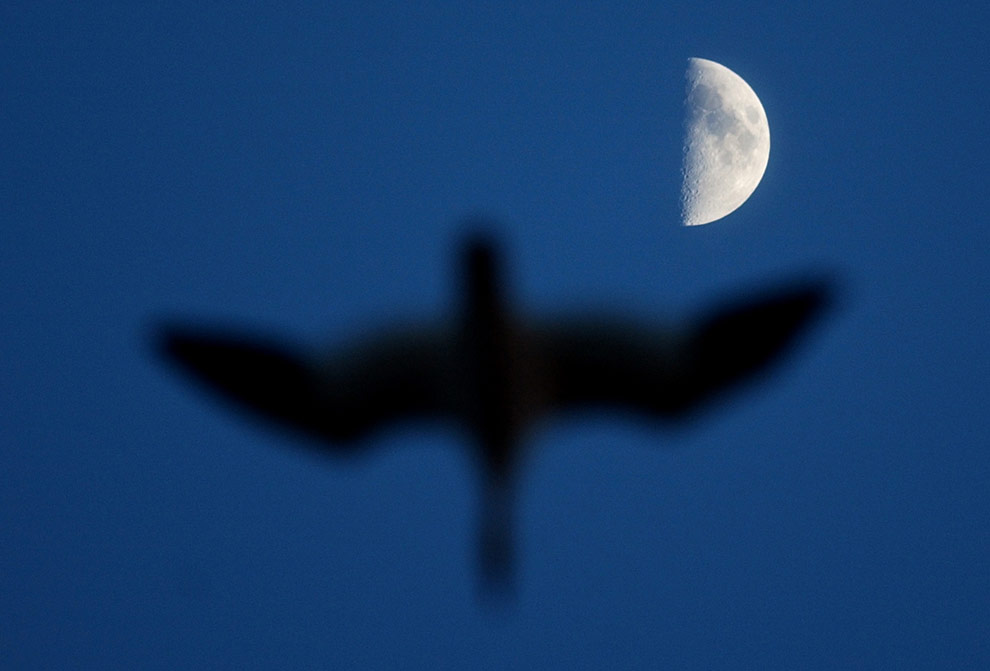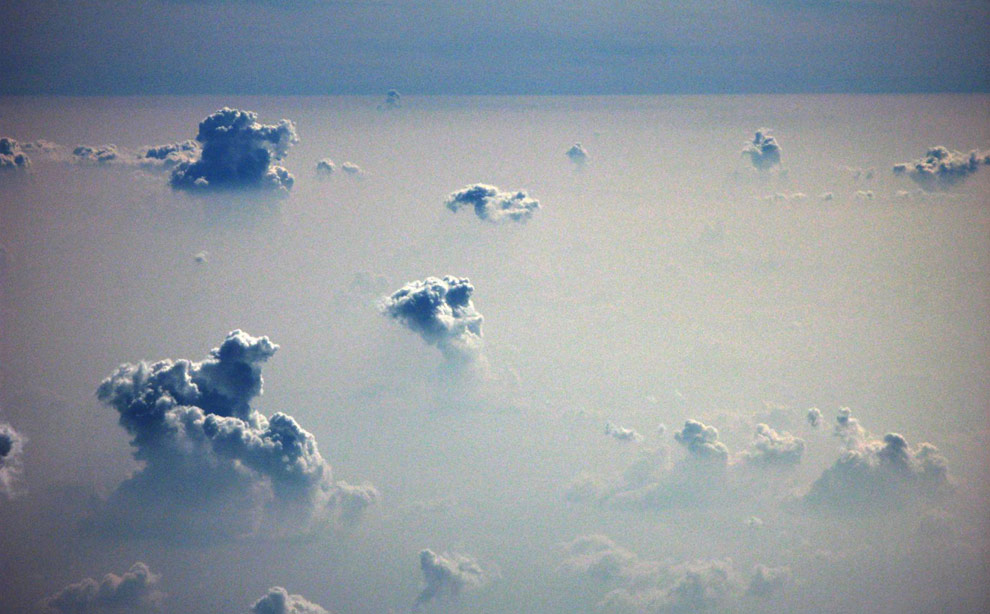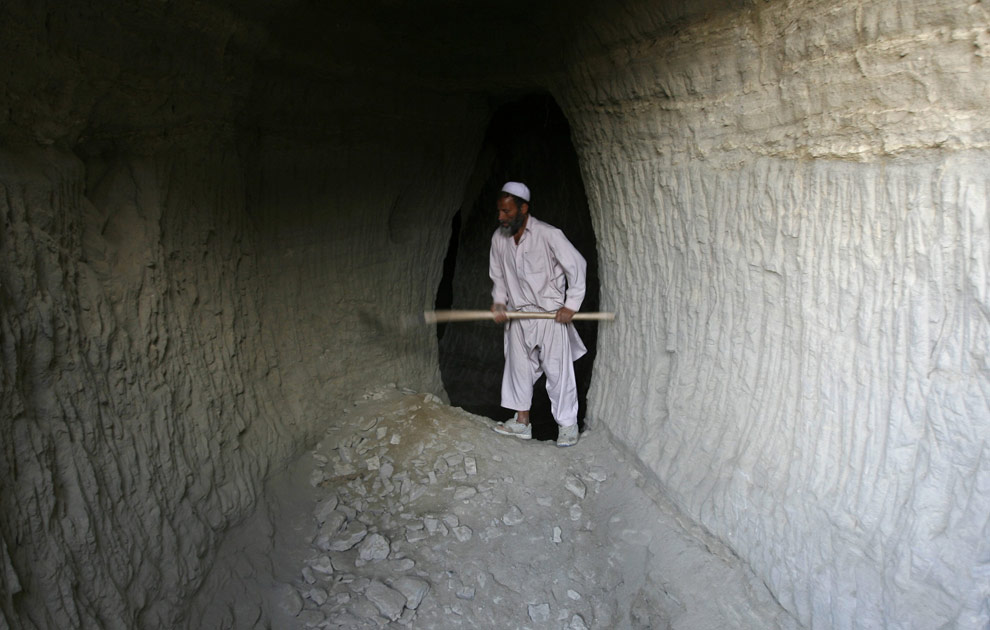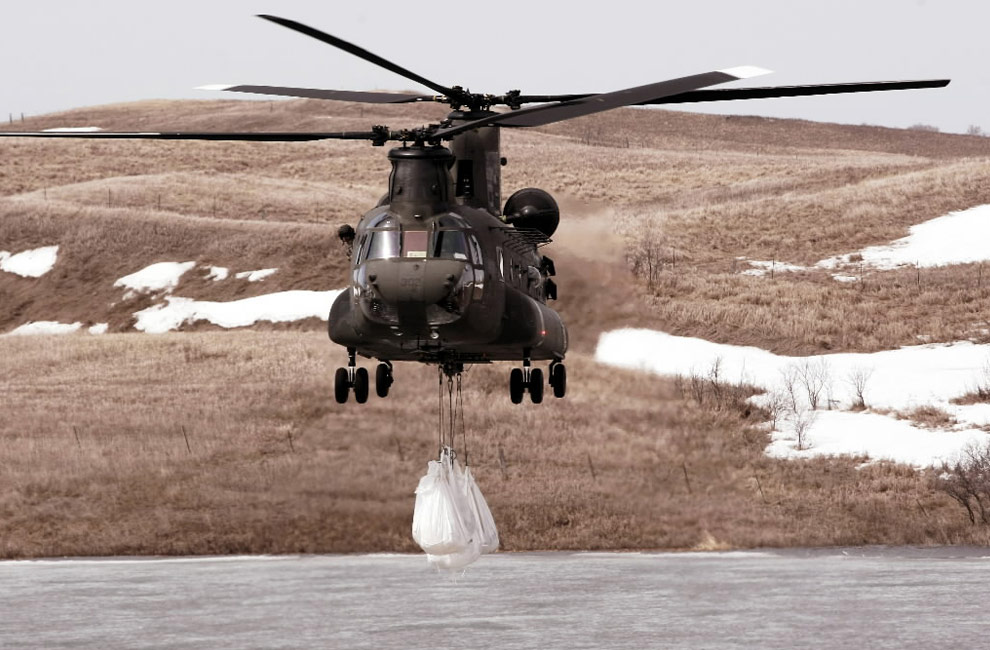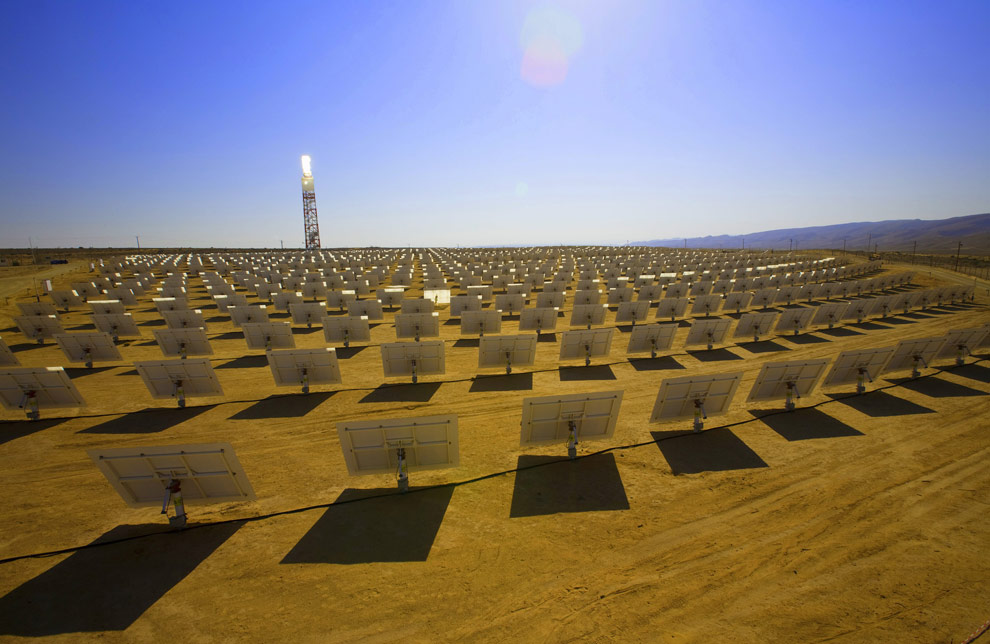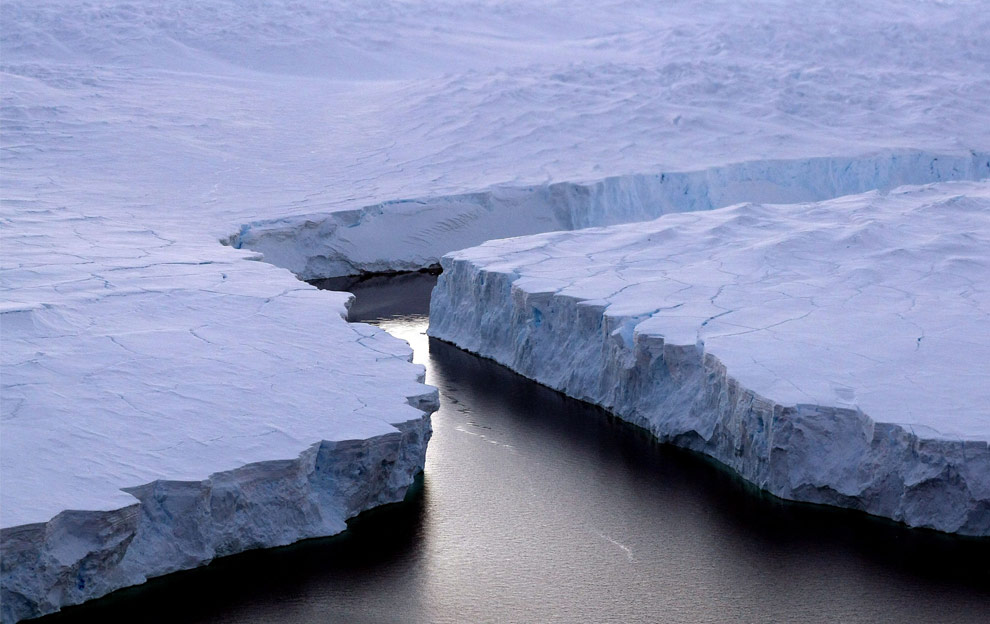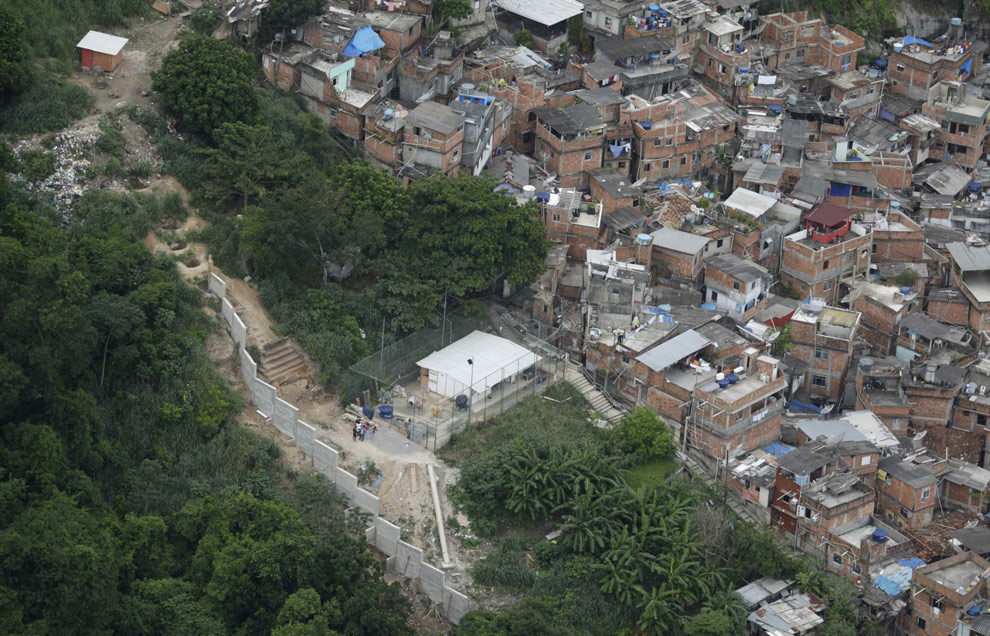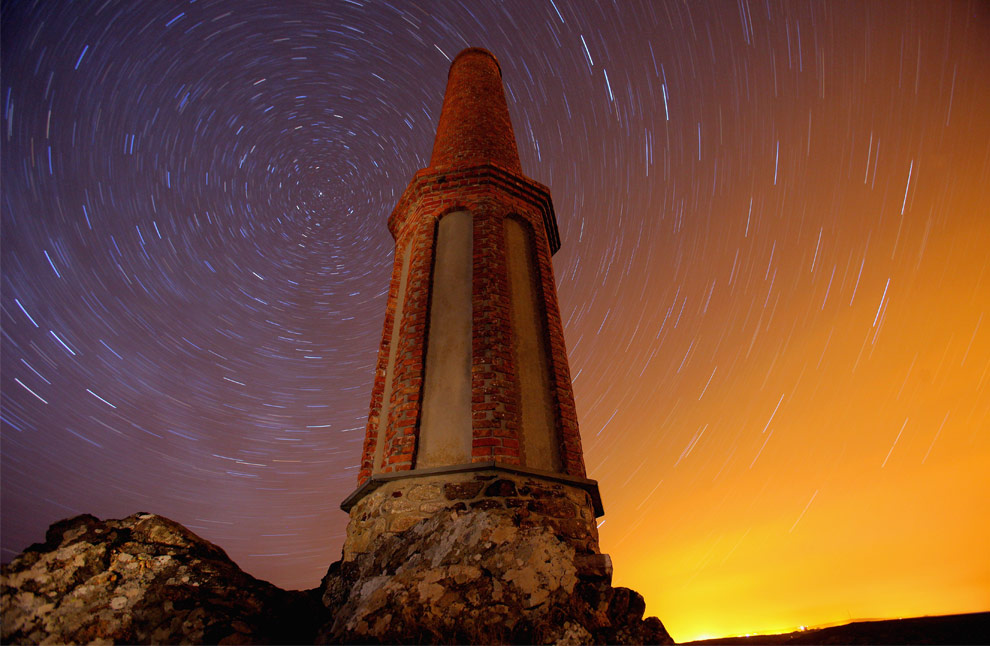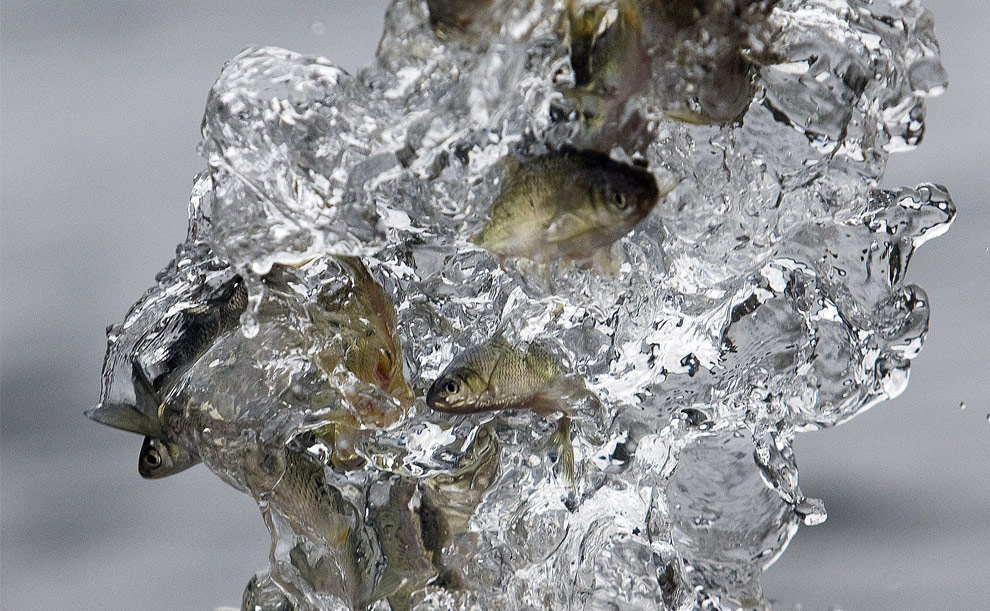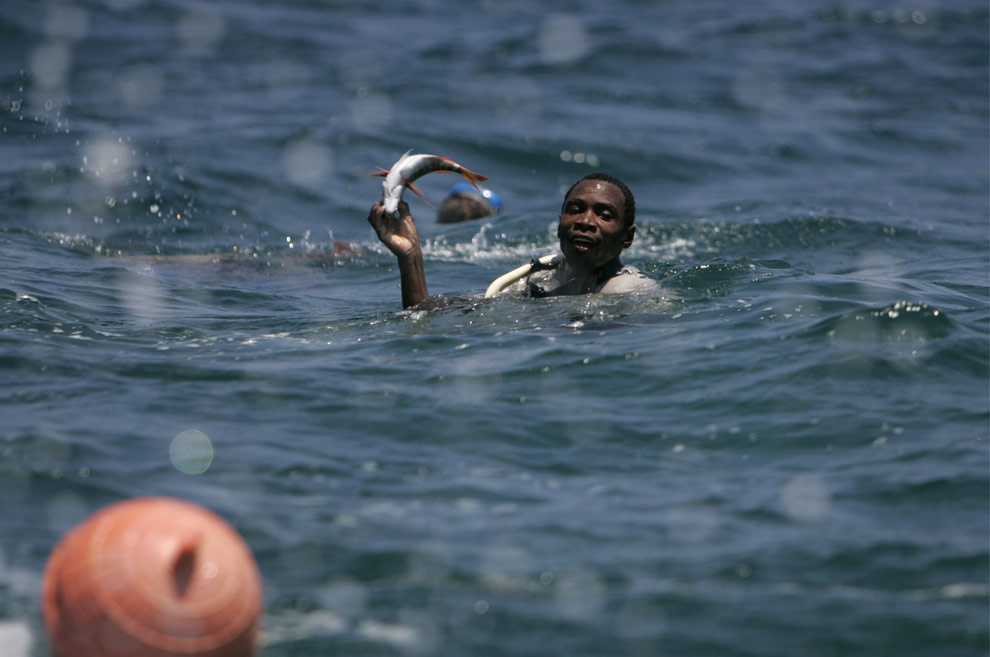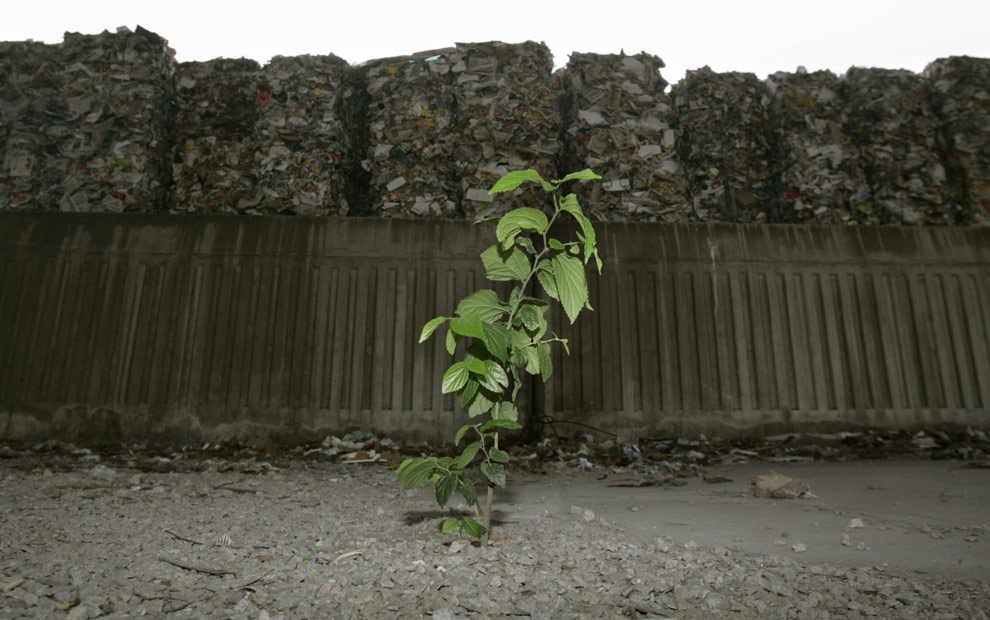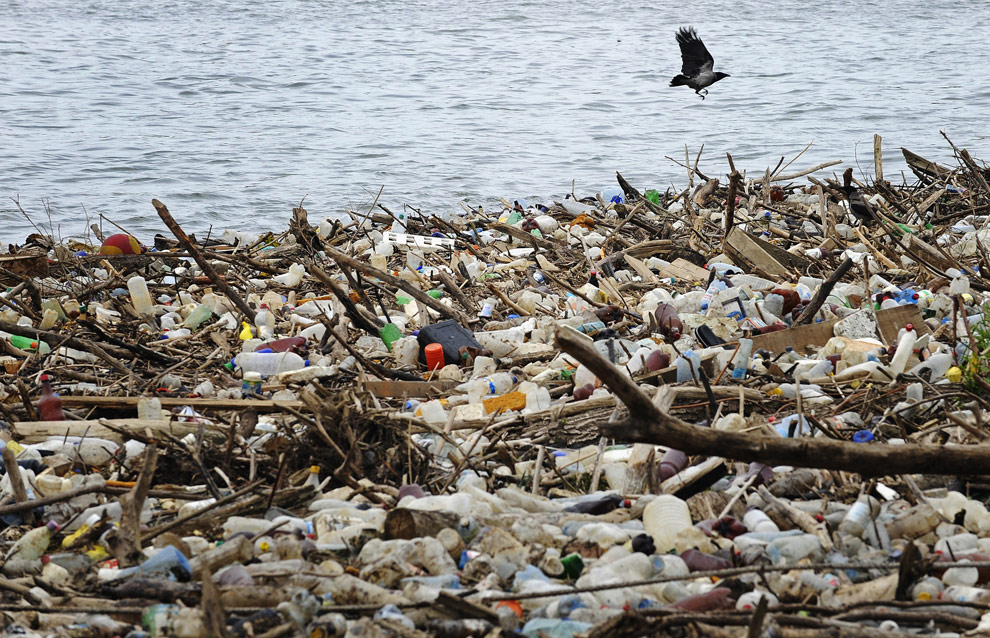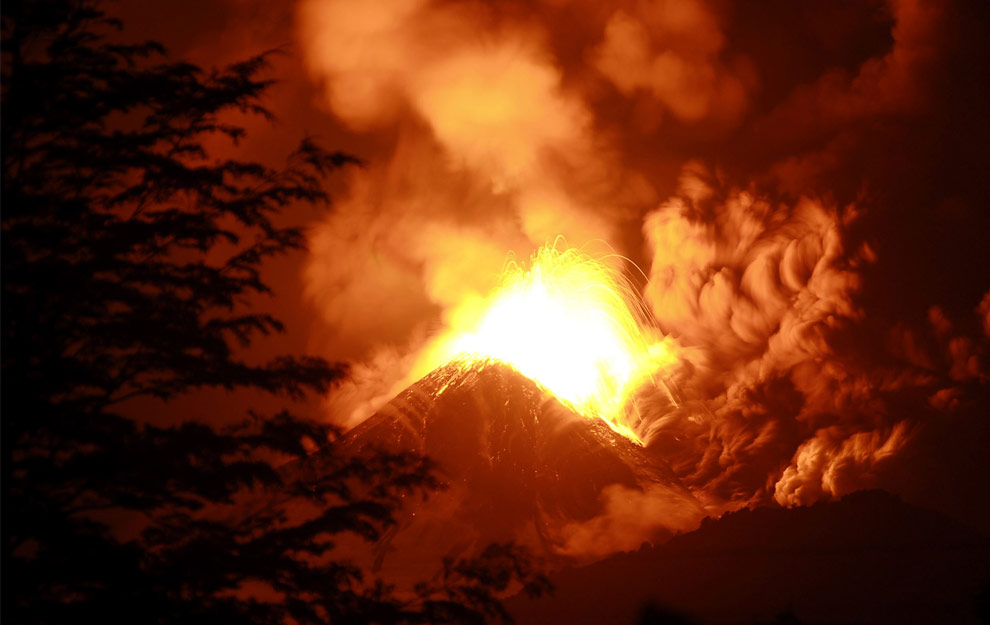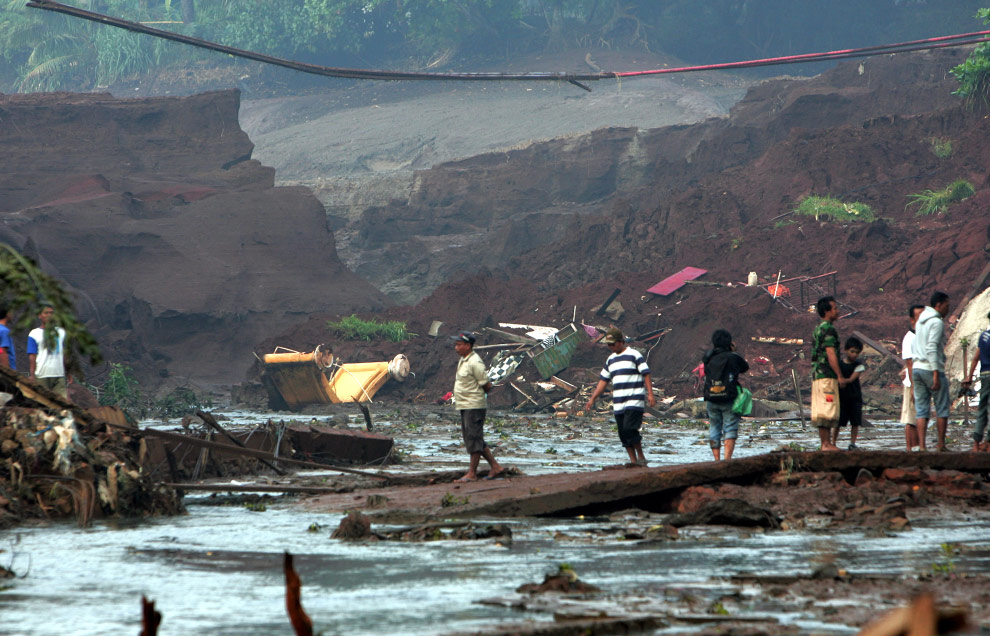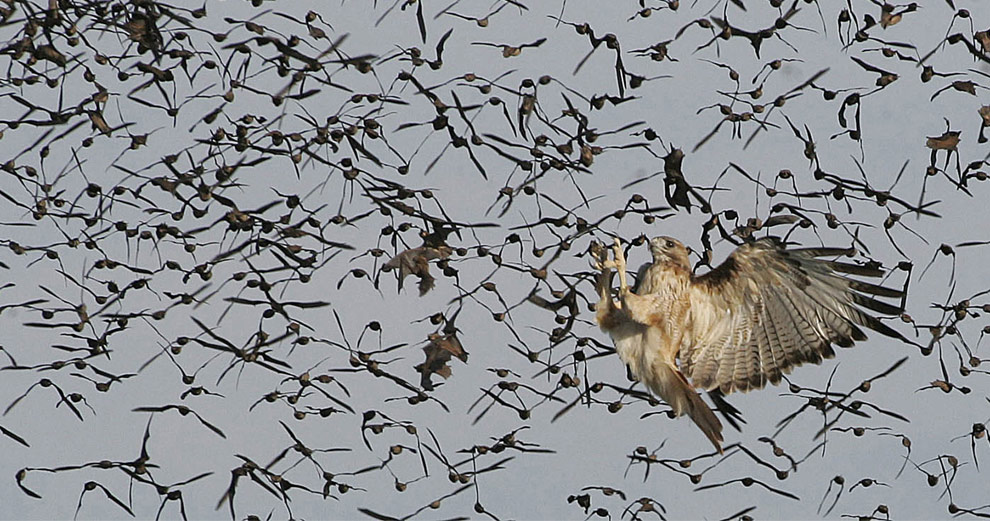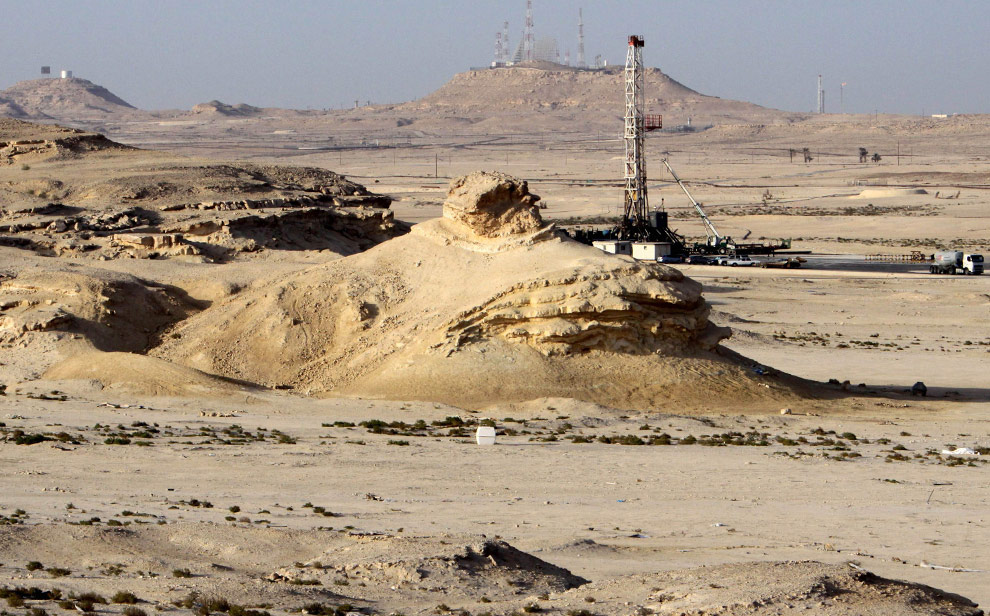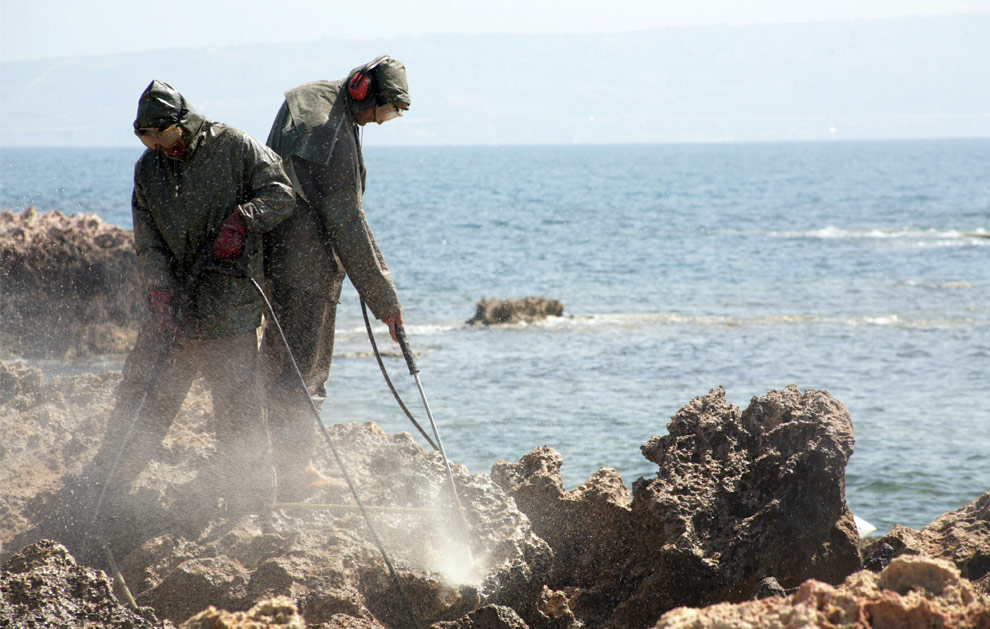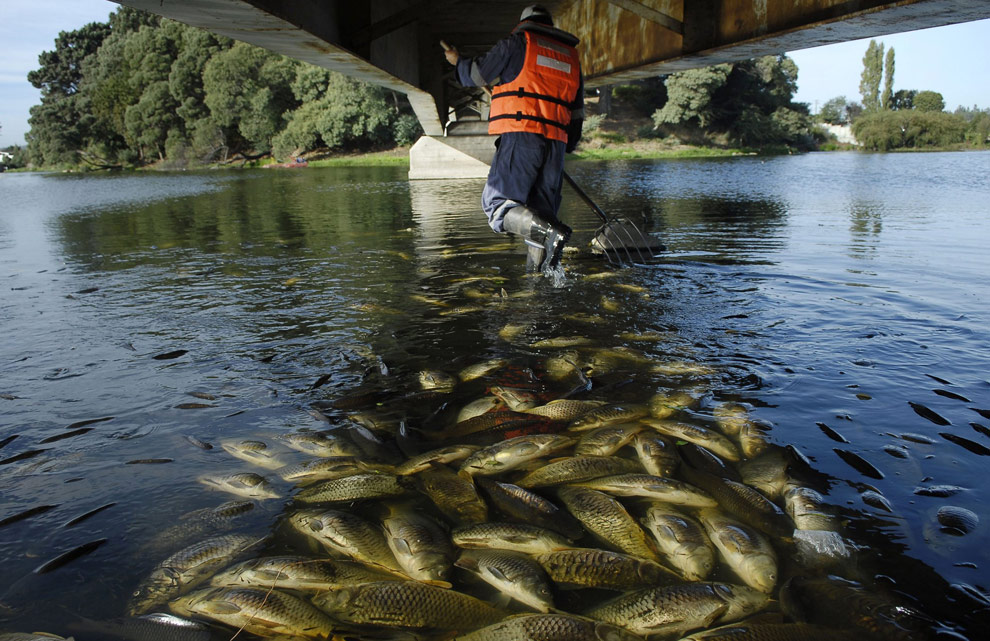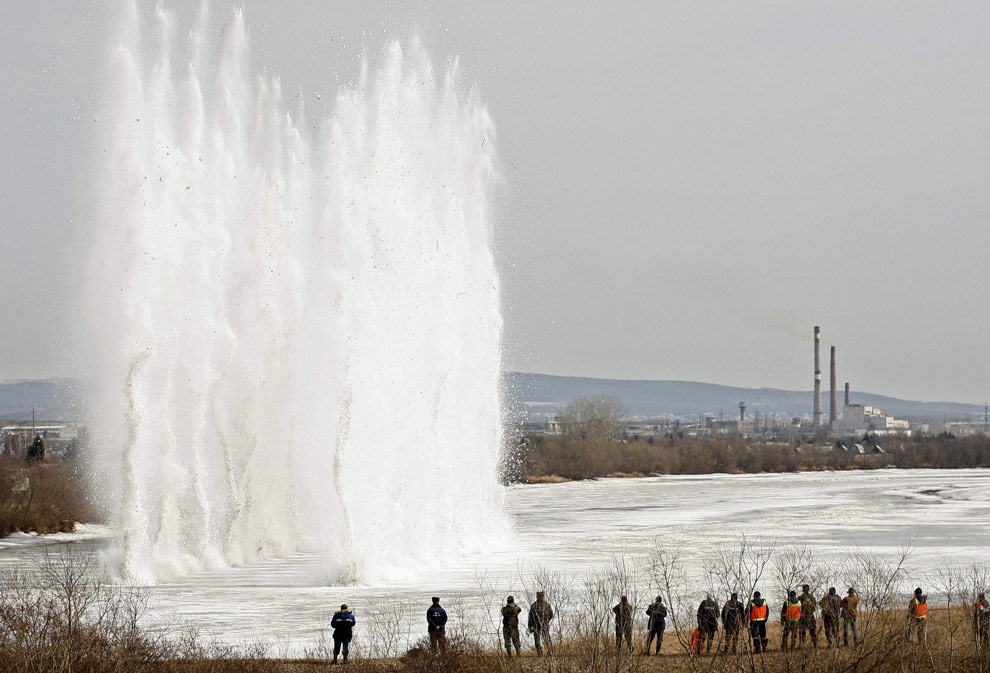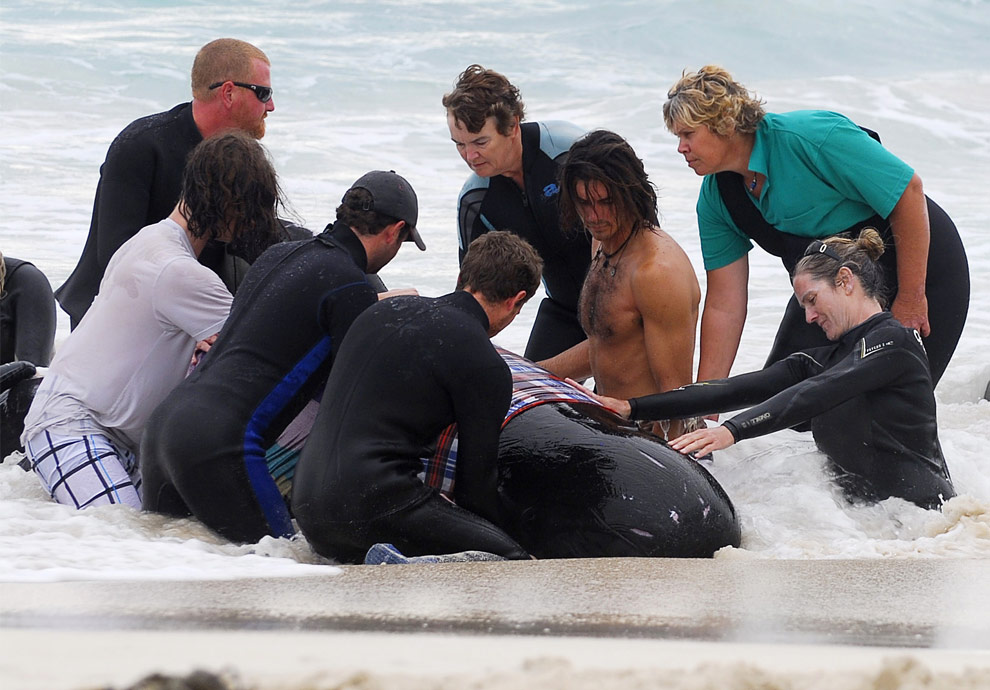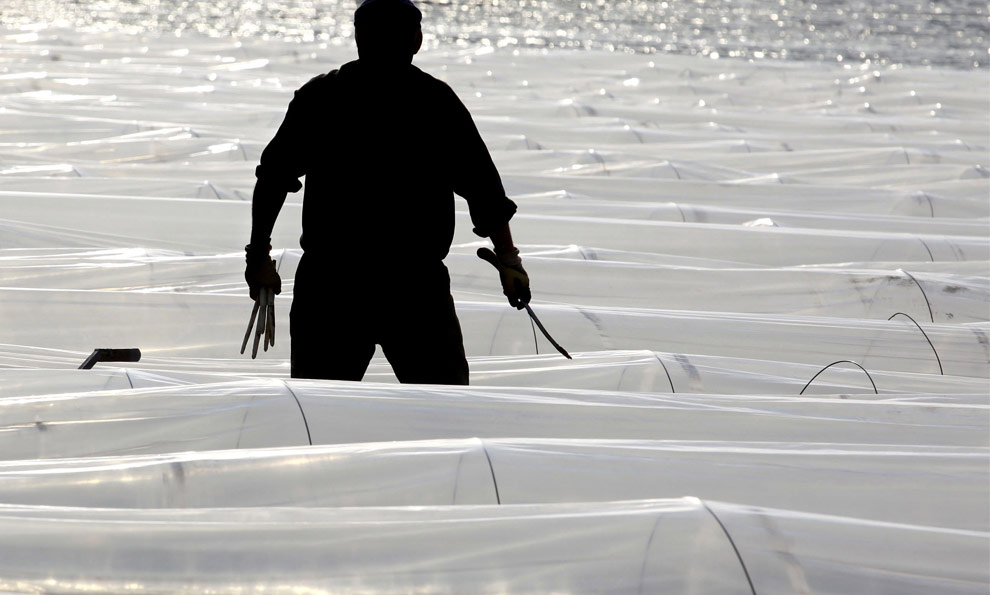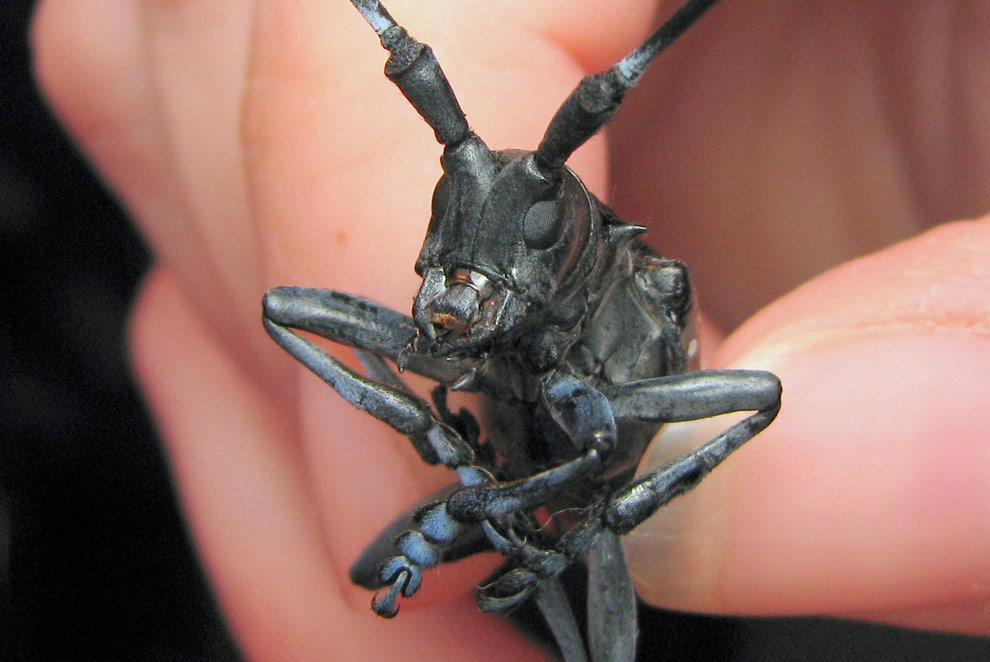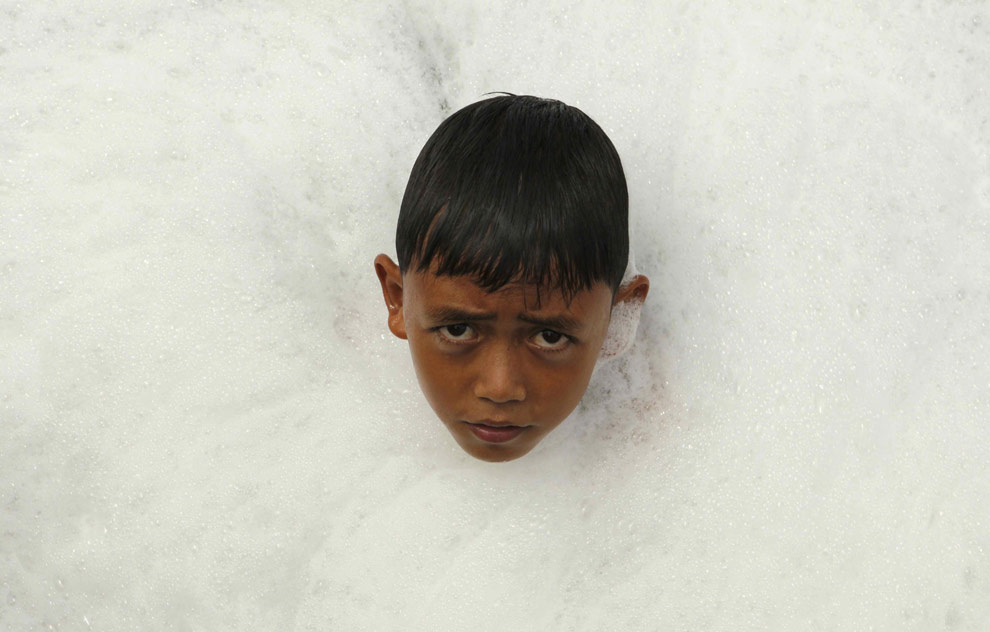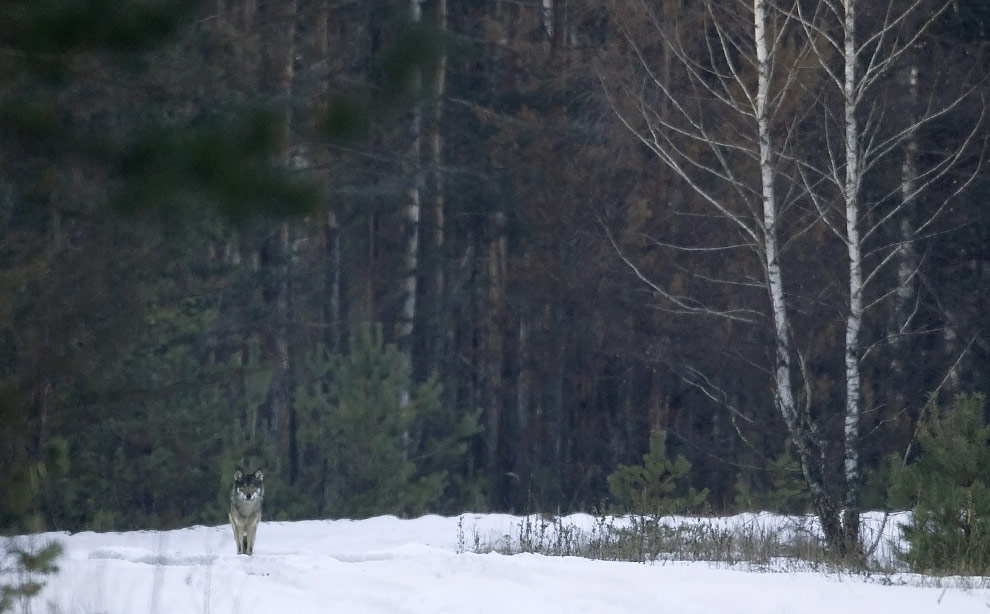 Read more
Read more
Read more
Read more
I love My Life because of this God Gifted World!!!
More About Me!!!
Friday, 22 May 2009
Wednesday, 13 May 2009
Earth Day 2009
Read more Read more
Today is Earth Day, a day set aside for awarenesss and appreciation of the Earth's environment, and our roles within it - this year marking the 40th anniversary of Earth Day. As a way to help appreciate and observe our environment, I've collected 40 images below, each a glimpse into some aspect of the world around us, how it affects and sustains us, and how we affect it. Happy Earth Day everyone. (40 photos total)
This view of Earth, featuring North, Central and South America was taken by the NASA probe called Messenger, while conducting a fly-by of our planet in order to pick up a gravity-assist boost on its way toward Mercury. (NASA/Johns Hopkins University Applied Physics Laboratory/Carnegie Institution of Washington)
This undated handout photo provided by the journal Science shows Iron oxides staining the snout of the Taylor Glacier, in the McMurdo Dry Valleys, Antarctica, forming a feature commonly referred to as Blood Falls. The iron originates from ancient subglacial brine that episodically discharges to the surface. Outflow collected at Blood Falls provides access to a unique subglacial ecosystem that harbors a microbial consortium which actively cycles iron, sulfur and carbon for growth. (AP Photo/ Science, Benjamin Urmston) #
Local miner Cesar Abac uses a wooden bowl and mercury to pan for gold near at the village of Las Cristinas, southern Bolivar State, Venezuela on January 30, 2009. Four centuries after the lure of Venezuelan gold brought ruin to English explorer Sir Walter Raleigh, the riches at one giant mine some say is cursed still haunt treasure hunters from across the globe. But the Las Cristinas saga, involving a ghost town, environmental devastation and fist-sized nuggets, underlines the risks of business in Venezuela, where the draw of natural wealth has been dulled by rule changes and economic turmoil. (REUTERS/Henry Romero) #
This photo from 1997, released by Woods Hole Oceanographic Institution shows the robotic arm of a three-person submersible aquatic vehicle reaching toward a hydrothermal vent in the east Pacific Ocean far off the coast of Chile. New technology and worldwide demand for metals have combined to make deep ocean mining of the mineral-laden liquid spewed from these vents a possibility. (AP Photo/Woods Hole Oceanographic Institution, Pat Hickey) #
Ferid Sinan, a 40-year-old Bosnian man, carries a bag of coal out of an illegal coal mine, where he lives and works, near the central Bosnian town of Kakanj,30 kms north of Sarajevo, on Friday, March 13, 2009 . Sinan lives and works in the improvised mine which he dug himself, collecting low quality coal with his hands and primitive tools to make a living earning less than 5 euros per bag. (AP Photo/Amel Emric) #
Workers stand by to mount a propeller as a crane lifts it to the top of a power-generating windmill turbine in the northern German city of Hamburg on March 20, 2009. This single turbine can produce 6 megawatts of energy and is the first of two new power-generating windmills, built in the harbour area of Hamburg. (REUTERS/Morris Mac Matzen) #
Analyzing a variety of samples from the atmosphere above the Amazon, Ilan Koren and colleagues at the Weizmann Institute in Israel, show in the journal Science that smoke and other so-called "aerosol" particles can encourage or discourage cloud formation, depending on the conditions, and a their new scientific model shows how these two processes produce a joint effect on climate. (Science/AAAS) #
This undated photo provided by BrightSource Energy shows their Luz Power Tower in Israel's Negev Desert (mirrors concentrate sunlight on the tower at center). BrightSource has proposed building three solar-energy generation complexes in the eastern Mojave Desert several miles from an old mining and railroad townsite called Ivanpah, Calif. A westward dash to power electricity-hungry cities by cashing in on the Mojave's most abundant resource - sunshine - is clashing with efforts to protect species like the tiny pupfish and desert tortoise. (AP Photo/BrightSource, Eilon Paz) #
Solar panels stand in a field of flowers at Acciona SA's solar power station in Amareleja, Portugal, on Tuesday, April 14, 2009. The 46-megawatt facility, has a production capacity of 93 million kilowatt-hours a year, and is the world's biggest photovoltaic electricity plant. (Mario Proenca/Bloomberg News) #
Stars in the night sky rotate above the distinctive chimney stack on the top of Cape Cornwall near St. Just on April 12, 2009 in Cornwall, England. The landmark, orginally built for the Cape Cornwall Mine in 1850 and was recently damaged when it was struck by lightning, was bought, along with the rest of Cape Cornwall, for the nation by Heinz in 1987 and given to the National Trust to mark Heinz's centenary. (Matt Cardy/Getty Images) #
Minnows are deposited through a tube from a tanker truck into Lake Delton as area officials take the first steps in restocking the lake, Monday, April 20, 2009, in Lake Delton, Wisconsin. The minnows will serve as food for larger game fish to be stocked in June. A section of the manmade lake's shore washed away during thunderstorms last June, and the entire lake drained through the opening. (AP Photo/Morry Gash) #
A Kenyan fisherman holds a fish that had escaped from his fishing net, Saturday, Feb. 28, 2009 in the waters of Diani on the Kenyan south coast. Plastic fishing nets, some bought for poor fishermen with American aid money, are tangling up whales and turtles on Diani, one of Africa's most popular beaches. (AP Photo/Karel Prinsloo) #
Residents walk in debris after a dam burst in Jakarta, Indonesia, Sunday, March 29, 2009. Attention shifted to caring for homeless and hungry survivors after the dam burst outside the Indonesian capital, sending a wall of water crashing into homes and killing at least 91 people, and leaving more than 100 others missing.(AP Photo/Tatan Syuflana) #
Lebanese workers use water pressure to clean-up the oil spill which polluted Rabbit Island, offshore the Nothern Lebanese city of Tripoli, on March 31, 2009. The oil spill was caused by the explosion of fuel reservoirs stationed in the southern coastal town of Jiyyeh during the Israeli offensive on Lebanon in July 2006. (Georges Haddad/AFP/Getty Images) #
A farmer works on a drought-hit paddy field on the outskirts of Chongqing municipality March 24, 2009. China is unlikely to need significant wheat imports this year as the domestic harvest has thus far escaped damage from a major drought, Nie Zhenbang, director of the State Grain Administration, said. (REUTERS/Stringer) #
Dead carp are seen in the "Las Tres Pascualas" lagoon in Concepcion city, some 322 miles (519 km) south of Santiago, Chile on March 30, 2009. Environmentalists say a clandestine dumping of sewage in the lagoon led to the waters being polluted and caused the high rate of fish mortality, local authorities said. Picture taken March 30, 2009. (REUTERS/Jose Luis Saavedra) #
Russian Emergency Ministry staff watch a blast ripping through the ice covering the Kan river in the town of Kansk some 220 km (136.7 miles) from the Siberian city of Krasnoyarsk April 4, 2009. Explosive experts used dynamite to break the ice cover to ease pressure that could cause floods as melting snow increases the river's water volume. (REUTERS/Ilya Naymushin) #
People watch a salamander cross a roadway in New Haven, Vt., Sunday, March 22, 2009. They volunteered on a recent night to carry salamanders, frogs and newts across the road during their annual migration to mate. On rainy nights in early spring, roads between forests and vernal pools are hopping and crawling with activity. On some nights, hundreds of amphibians cross small stretches of roads to mate, but many do not make it, being run over by cars. (AP Photo/Alden Pellett) #
Rescuers work to keep alive one of the 17 long-finned pilot whales that were being battered by rough seas after they were beached in Hamelin Bay, Western Australia on Monday, March 23, 2009. About 80 whales and dolphins were stranded on the remote southwest Australian beach where authorities tried to truck the few survivors to a protected bay before attempting to launch them back to sea. (AP Photo/Steve Mitchell) #
Green glass bottles are piled up high over an area estimated to be the size of a soccer field, near a recycling plant in the southern Israeli town of Yeruham, Israel, Wednesday, March 25, 2009. The green bottles are from all types of bottles and are separated for recycle purposes near to the processing plant.(AP Photo/Oded Balilty) #
A male Asian Longhorned beetle, held up to the camera. A recent infestation of the Asian Longhorned beetle in central Massachusetts has mobilized forestry officials and lawmakers to rein it in. The beetles are wood-boring insects that attack a variety of native hardwood species, their larvae tunnel through the heartwood of a host tree until fully grown, then they burrow out of the trunk as an adult, weakening the wood. (Jennifer Forman Orth/Massachusetts Department of Agricultural Resources) #
A wolf walks on an empty road in a forest inside the 30 km (18 mile) exclusion zone around the Chernobyl nuclear reactor near the village of Babchin, Belarus, some 370 km (217 miles) southeast of Minsk, February 2, 2009. Still inhospitable to humans, the Chernobyl "exclusion zone" is now a nature reserve and teems with wolves, moose, bison, wild boars and bears. (REUTERS/Vasily Fedosenko)
Eisriesenwelt Ice Caves (Austria)
| |||
| | |||
The Richat Structure (Mauritania)
The Stone Forest (China)
Blood Pond Hot Spring (Japan)
Vale da Lua (Brazil)
Kliluk, the Spotted Lake (Canada)
The Indians soaked away aches and ailments in the healing mud and waters. One story cites a truce in a battle to allow both warring tribes to tend to their wounded in the Spotted Lake, "Kliluk". Read more Read more
Rio Tinto (Spain)
Socotra Island (Indian Ocean)
The climate is harsh, hot and dry, and yet - the most amazing plant life thrives there. Situated in the Indian Ocean 250 km from Somalia and 340 km from Yemen, the wide sandy beaches rise to limestone plateaus full of caves (some 7 kilometers in length) and mountains up to 1525 meters high. The trees and plants of this island were preserved through the long geological isolation, some varieties being 20 million years old. Read more Read more
Tuesday, 12 May 2009
Subscribe to:
Posts (Atom)
wibiya widget
My Photo's
Choose Me!!
Choose my Sites:-
Labels
- Austria (1)
- Brazil (1)
- Canada (1)
- China (1)
- eodissa.com (3)
- Japan (3)
- Mauritania (1)
- Odisha festivals (2)
- Spain (1)
- SriLanka (2)
- World Days (1)
Blog Archive
-
▼
2009
(14)
-
▼
May
(13)
- How is it ?!!!!
- Earth Day 2009
- Eisriesenwelt Ice Caves (Austria)
- The Richat Structure (Mauritania)
- The Stone Forest (China)
- Blood Pond Hot Spring (Japan)
- Vale da Lua (Brazil)
- Kliluk, the Spotted Lake (Canada)
- Rio Tinto (Spain)
- Socotra Island (Indian Ocean)
- Photo Of Japan!!!
- Ugly faces of srilankan war.....
- It's Me
-
▼
May
(13)

